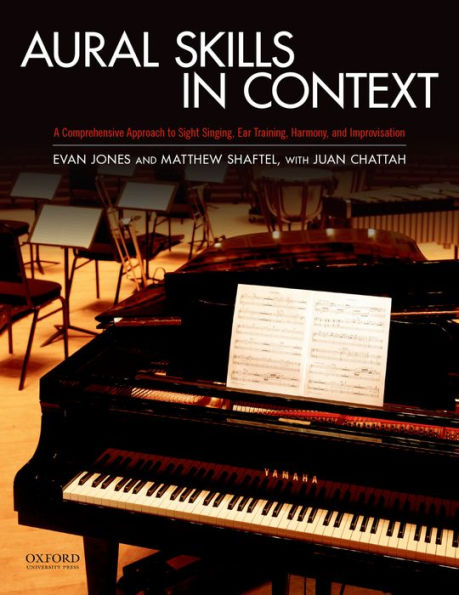5
1
9780199943821



Aural Skills in Context: A Comprehensive Approach to Sight Singing, Ear Training, Keyboard Harmony, and Improvisation / Edition 1 available in Other Format

Aural Skills in Context: A Comprehensive Approach to Sight Singing, Ear Training, Keyboard Harmony, and Improvisation / Edition 1
- ISBN-10:
- 0199943826
- ISBN-13:
- 9780199943821
- Pub. Date:
- 10/12/2013
- Publisher:
- Oxford University Press
- ISBN-10:
- 0199943826
- ISBN-13:
- 9780199943821
- Pub. Date:
- 10/12/2013
- Publisher:
- Oxford University Press

Aural Skills in Context: A Comprehensive Approach to Sight Singing, Ear Training, Keyboard Harmony, and Improvisation / Edition 1
$182.99
Current price is , Original price is $182.99. You
182.99
In Stock

Product Details
| ISBN-13: | 9780199943821 |
|---|---|
| Publisher: | Oxford University Press |
| Publication date: | 10/12/2013 |
| Edition description: | New Edition |
| Pages: | 864 |
| Sales rank: | 985,891 |
| Product dimensions: | 8.20(w) x 10.90(h) x 1.60(d) |
About the Author
From the B&N Reads Blog
